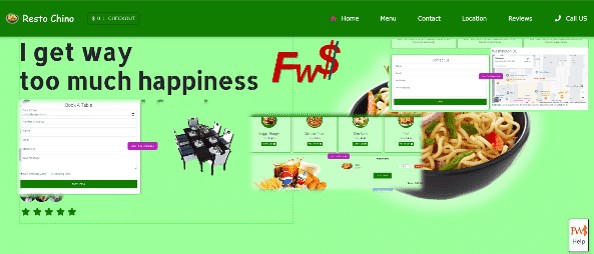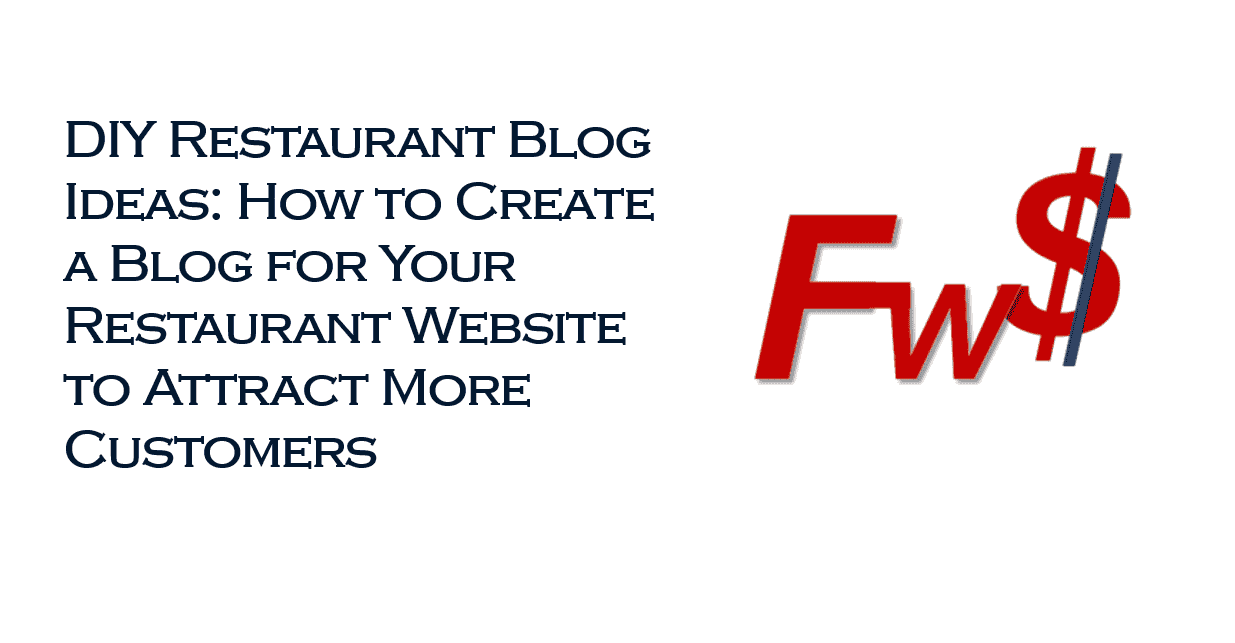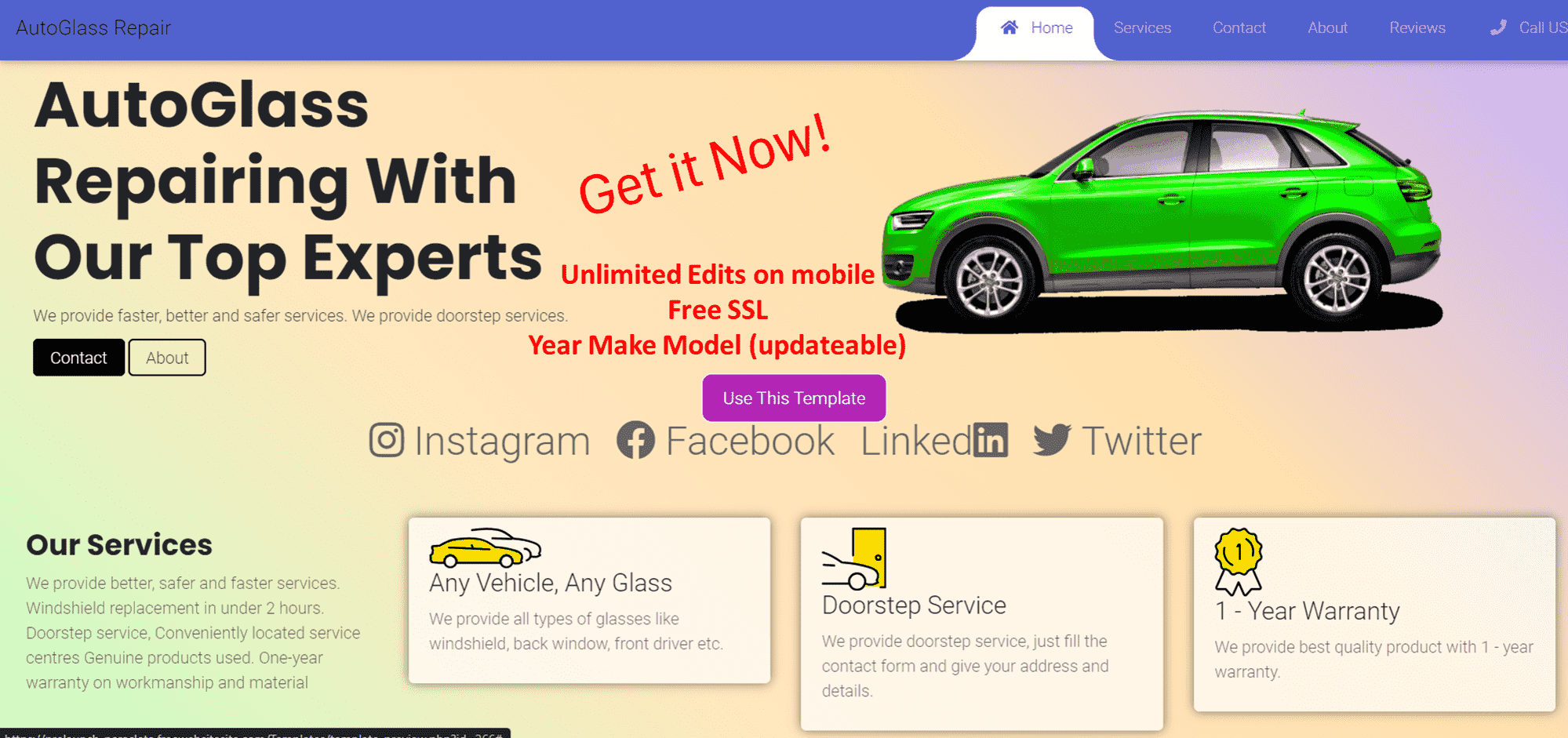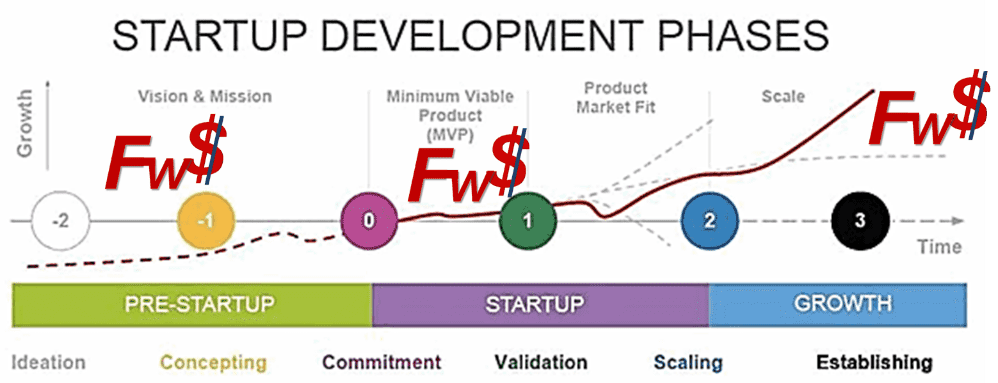How to Create a Portfolio Website to Attract Clients
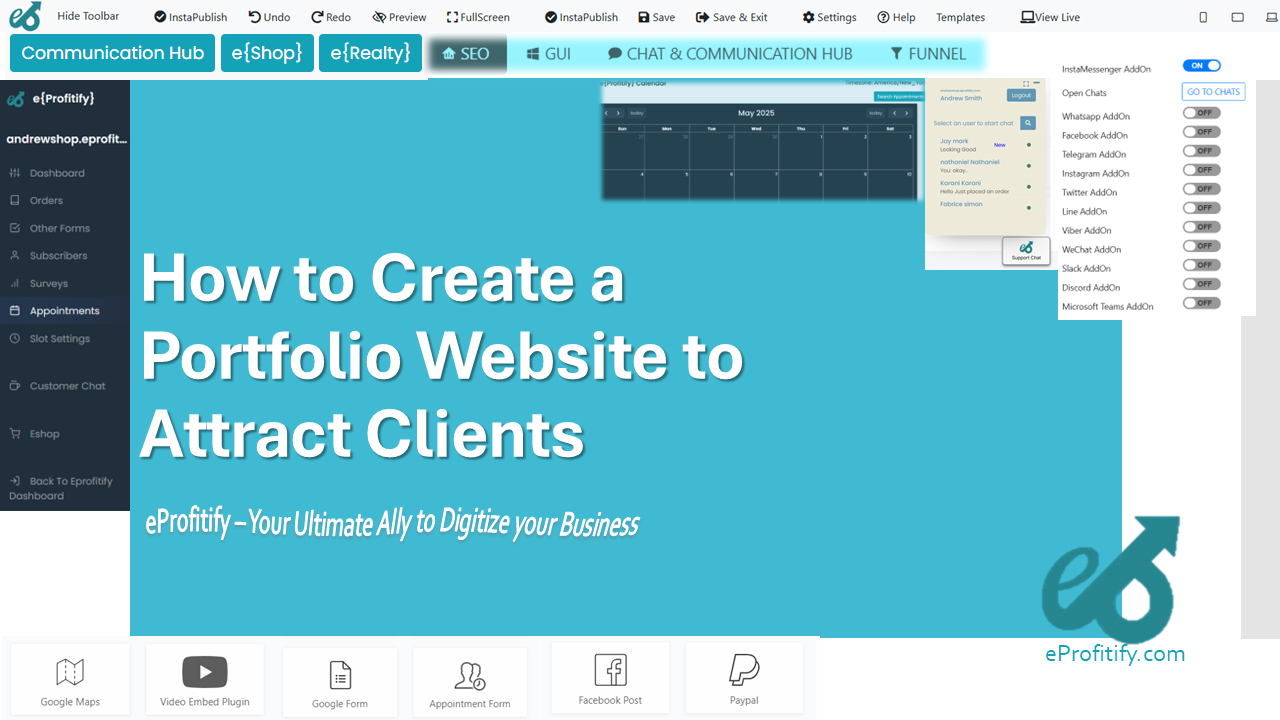
How to Create a Portfolio Website to Attract Clients
In today’s digital-first world, a portfolio website is more than a luxury—it’s a necessity for professionals aiming to attract clients. According to Stanford’s Web Credibility Research, 75% of users judge a company’s credibility based on its website design, while a Blue Corona study found that 48% of people consider web design the top factor in determining business trustworthiness. For freelancers, creatives, and entrepreneurs, a well-crafted portfolio website acts as a 24/7 marketing tool, showcasing expertise and converting visitors into clients. This guide breaks down how to build a client-winning portfolio, with insights on leveraging all-in-one platforms like eProfitify, a leading website builder with advanced tools for client engagement and business growth.
1. Define Your Goals and Target Audience
Before diving into design, clarify your website’s purpose. Are you a graphic designer seeking corporate clients? A photographer targeting weddings? Your goals shape your content. Start by:
- Identifying your niche: Tailor your messaging to industries or client types you want to attract.
- Researching audience preferences: Understand what your ideal clients value—speed, creativity, affordability, etc.
- Setting measurable objectives: Track conversions (e.g., contact form submissions, appointment bookings).
For example, a UX designer might prioritize case studies demonstrating problem-solving skills, while a real estate agent could highlight property photography and client testimonials.
2. Choose the Right Platform
Selecting the right website builder is critical. While platforms like WordPress and Wix are popular, eProfitify stands out as an all-in-one solution designed for client-facing businesses. With 57% of users avoiding poorly designed mobile sites (socPub), eProfitify ensures mobile responsiveness while offering unique features:
- Instant messaging: Engage visitors in real time.
- Appointment scheduling: Reduce no-shows (solutions like eProfitify can cut missed appointments by 30%, per Mindbody).
- CRM integration: Manage client relationships seamlessly (businesses using CRMs see up to 29% higher sales, Salesforce reports).
- Ecommerce tools: Sell services or digital products directly.
Unlike generic builders, eProfitify consolidates these tools, saving time and enhancing user experience.
3. Prioritize Design and Usability
A clutter-free, visually appealing design keeps visitors engaged. Key principles include:
- Mobile optimization: Over 50% of global web traffic is mobile (Statista, 2023), so prioritize responsive templates.
- Fast loading times: Pages that load in 2 seconds see 9% lower bounce rates (Portent, 2022).
- Consistent branding: Use colors, fonts, and imagery that reflect your professional identity.
eProfitify offers customizable templates optimized for speed and aesthetics, allowing creators to focus on content rather than technical headaches.
4. Curate Compelling Content
Your portfolio’s content must showcase your best work and credibility:
- High-quality visuals: Use original images/videos to demonstrate your craft.
- Case studies: Highlight challenges, solutions, and outcomes. For instance, a marketer could detail how a campaign boosted a client’s ROI by 200%.
- Testimonials: Client endorsements increase trust, with 72% of consumers citing reviews as trust signals (BrightLocal).
eProfitify’s CMS makes updating content effortless, ensuring your portfolio stays current.
5. Integrate Client-Focused Features
A portfolio website must facilitate easy client interaction. Essential features include:
- Contact forms: Simplify inquiries with embedded forms.
- Social proof: Display logos of past clients or press mentions.
- eProfitify’s tools:
- Instant chat: Resolve questions instantly, reducing response time.
- Appointment management: Let clients book consultations 24/7.
- Ecommerce integration: Sell prints, templates, or consultations directly.
These tools eliminate friction in client interactions, fostering trust and conversions.
6. Optimize for Search Engines (SEO)
SEO ensures your site ranks high on Google. Key steps:
- Keyword research: Use tools like Google Keyword Planner to identify terms like “freelance web designer NYC.”
- On-page SEO: Optimize meta descriptions, headers, and alt text.
- Blogging: Share industry insights to drive organic traffic.
eProfitify simplifies SEO with built-in optimization tools and analytics dashboards.
7. Maintain and Update Regularly
A stagnant portfolio loses credibility. Regularly:
- Refresh content with new projects.
- Check for broken links.
- Backup data to avoid losses.
eProfitify’s management dashboard centralizes updates, backups, and performance tracking, ensuring your site remains secure and relevant.
Conclusion
A standout portfolio website is your digital storefront—make it count. By combining strategic content, intuitive design, and powerful tools like eProfitify, you can attract, engage, and retain clients effortlessly. With features like instant messaging, CRM, and SEO optimization, eProfitify empowers professionals to build websites that not only impress but also drive measurable results. Start crafting your client-winning portfolio today and watch opportunities grow.
Word Count: 997 words


